Women’s History Month, Saint Patrick’s Day and Tea
March is Women’s History Month. We should celebrate the contributions of women year-round, not just one month a year; and many of us do just that. But it remains eye-opening every March, when we suddenly find blogs and news stories about women who made huge differences within their communities and around the world, yet never received acclaim commensurate with that enjoyed by men.
As with so many industries, men dominated the tea trade for centuries. It was male elite in ancient China that first began brewing tea and eventually trading it; Buddhist priests from China and Japan who created and refined the Japanese tea ceremony; and British guys who turned India into a tea-growing powerhouse, and built an international market for the shrub’s leaves.
Women assumed leadership roles across tea’s history
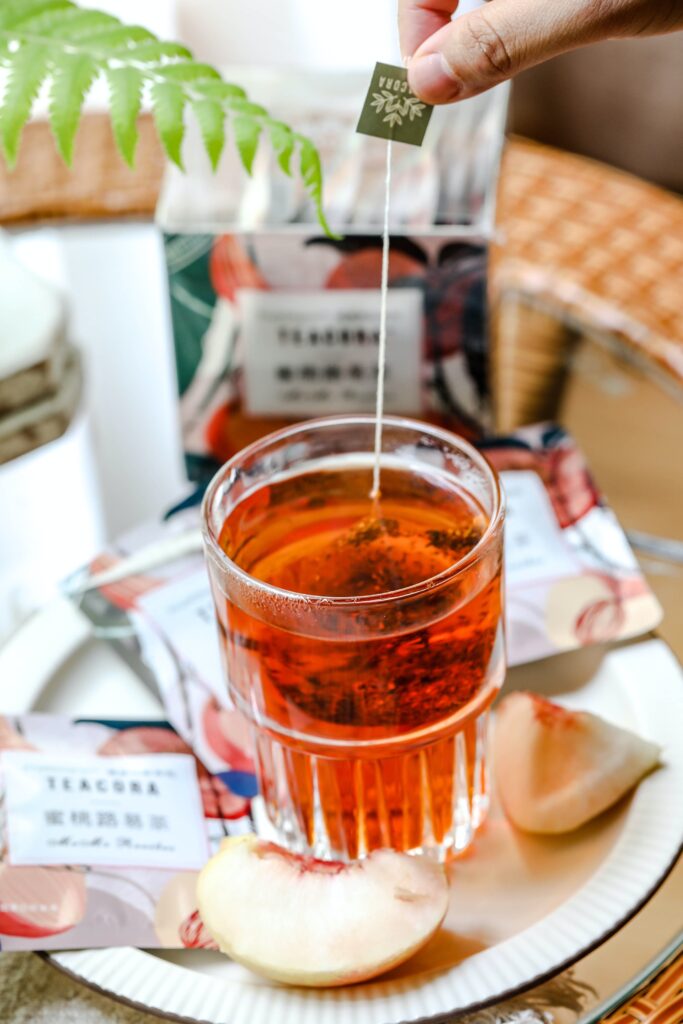
Along the way, however, women played important roles. In the 18th century, Mary Tuke, later known as the “Queen of Confectionary,” built a chain of tea and chocolate shops in England, making her among the first tea merchants to create a network of shops. A Japanese woman, Oura Kei, was key to the development of the Japanese tea industry in the 19th century. By the age of 30, she had built an empire, growing exports of sencha tea from zero to 200 tons in five years, and 5,000 tons in 10 years.
Roberta Lawson and Mary Molaren in 1902 invented the tea bag in Milwaukee, WI, which they called the “tea-leaf holder.” That innovation revolutionized the entire industry. And in 1945, Ruth Campbell Bigelow founded Bigelow Tea, which today is one of the five largest tea brands in the United States. It’s current CEO? Cindy Bigelow.
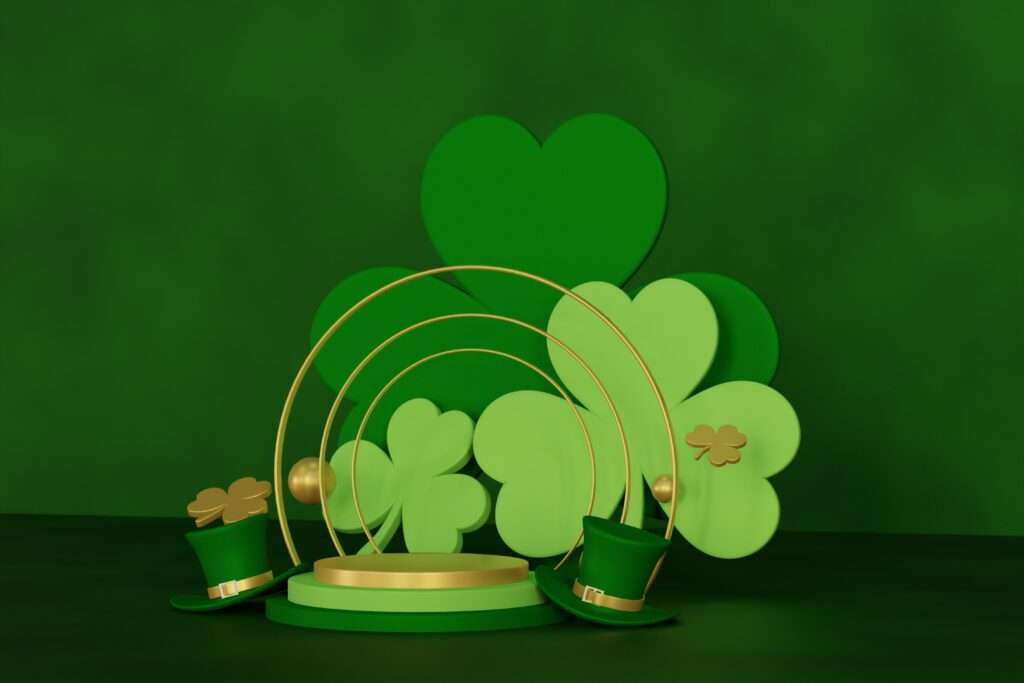
As we honor women this month, we also step closer (tomorrow!) to Saint Patrick’s Day, a holiday that celebrates the many Irish contributions toward community and culture across the country. The Irish have offered the United States so much, across so many spheres—politics, the arts, science, medicine, the law, sports and so on—that it’s tough to pick just one thing that stands out. But there is at least one Irish association that nearly serves as a stand-in for the island nation: the color green.
So let’s explore green teas that might resonate with particular oomph among women. These are wonderful teas, combining gorgeous flavors with a wealth of health properties.
Green Teas for Women: An Ji White
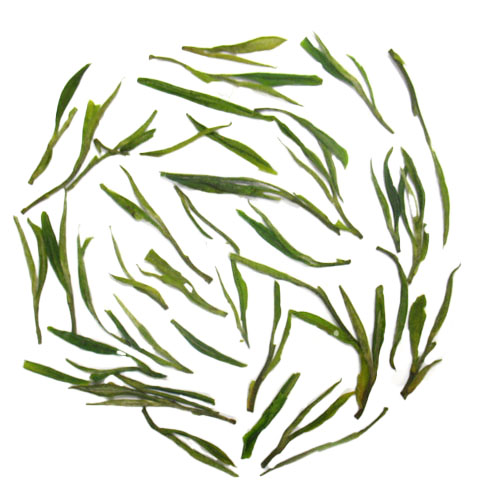
The main reason we choose to spotlight this first-in-class tea its its exquisite flavor and rarefied pedigree. Tea farmers from Mt. Tian Mu in Zhejiang Province harvest leaves in early spring, when they are especially supple and broadcast the silvery-white appearance that gives the tea its name. But An Ji White revolves around more than fragrance and flavor. Due to rules that strictly restrict harvesting in early spring, it contains an unusually high volume of theanine, which is a calming amino acid and helpful for people wrestling with stress. And according to the American Psychological Association, women experience more stress than men. Between the tea’s memorable deliciousness and its wallop of stress-busting theanine, we think An Ji White is made for women.
Green Teas for Women: Chrysanthemum Green
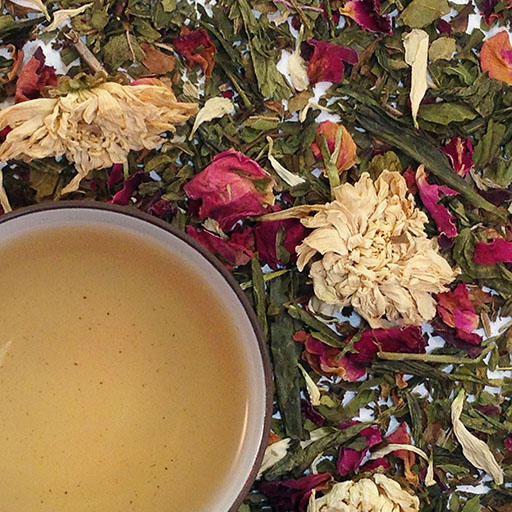
This outstanding tea combines classic Japanese sencha, a Ku Cha favorite, with peppermint, chrysanthemum and rose petals for a taste sensation. We find sencha sweet and umami-packed, with notes of seaweed (in an excellent way) and grass. Combined with floral rose petals and refreshing peppermint, the blending process could stop there, and we’d be left with a choice tea. But we added chrysanthemum to the mix, which adds whispers of honey to the flavor profile, as well as hints of nuttiness and butter. But it’s the health benefits of chrysanthemum that make its addition to the blend especially valuable. Chrysanthemum is shown to help mitigate symptoms of inflammation, and studies show that women are more likely to suffer from inflammatory conditions than men.
This tea delivers. For sencha lovers, that style of tea serves as its foundation. Other herbs combine to create a complex swirl of tastes and aromas. And then, the chrysanthemum not only adds additional flavor benefits—it also helps people manage inflammation.
Green Teas for Women: Bi Tan Piao Xue
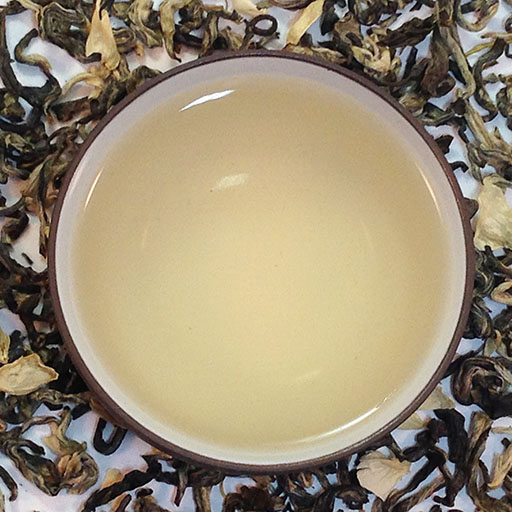
We shrink from trading in stereotypes and cliches. Few of them reflect reality, and too many revolve around negative connotations. And when it comes to women, the stereotypes and cliches have dwelled at epidemic levels for centuries.
That said, is it fair to talk about intersections of women and beauty? We think so. After all, an entire industry—the beauty industry!—revolves around women. And women have played key roles in many facets of the sprawling industry, from fashion design to fragrance to skin care, salons and cosmetics.
We think fine tea embodies beauty. Its textures, aromas and flavors bewitch and beguile not with brute force, but with elegance and refinement. The best teas enchant us with their beauty; we inhale dazzling fragrances before we sip, and savor ravishing flavors as we linger over each cup of tea.
Enter, Bi Tan Piao Xue, which means “Snow flakes falling upon a jade pond” in Chinese. How’s that for beauty! The name describes both the tea’s appearance—tiny, silver-lined tea buds mixed with tender jasmine flowers—as well as the transportive experience that accompanies the drinking of this magnificent, this beautiful, tea. The green tea comes from Mountain Meng, one of China’s most ancient tea mountains, and tea artisans pick jasmine flowers when they blossom in the evening, and mix them with harvested tea. This is without a doubt one of the most beautiful teas in the world.

